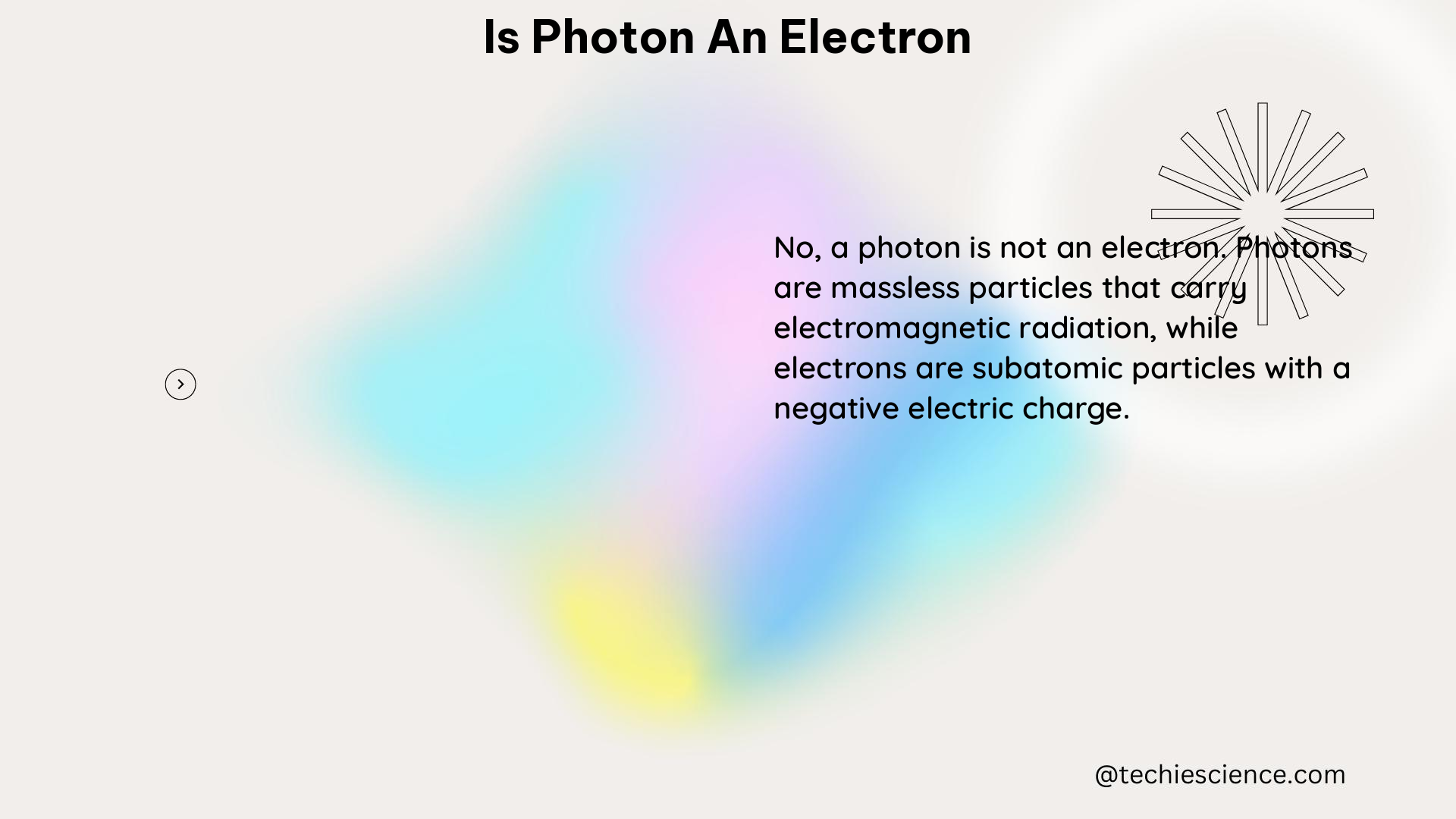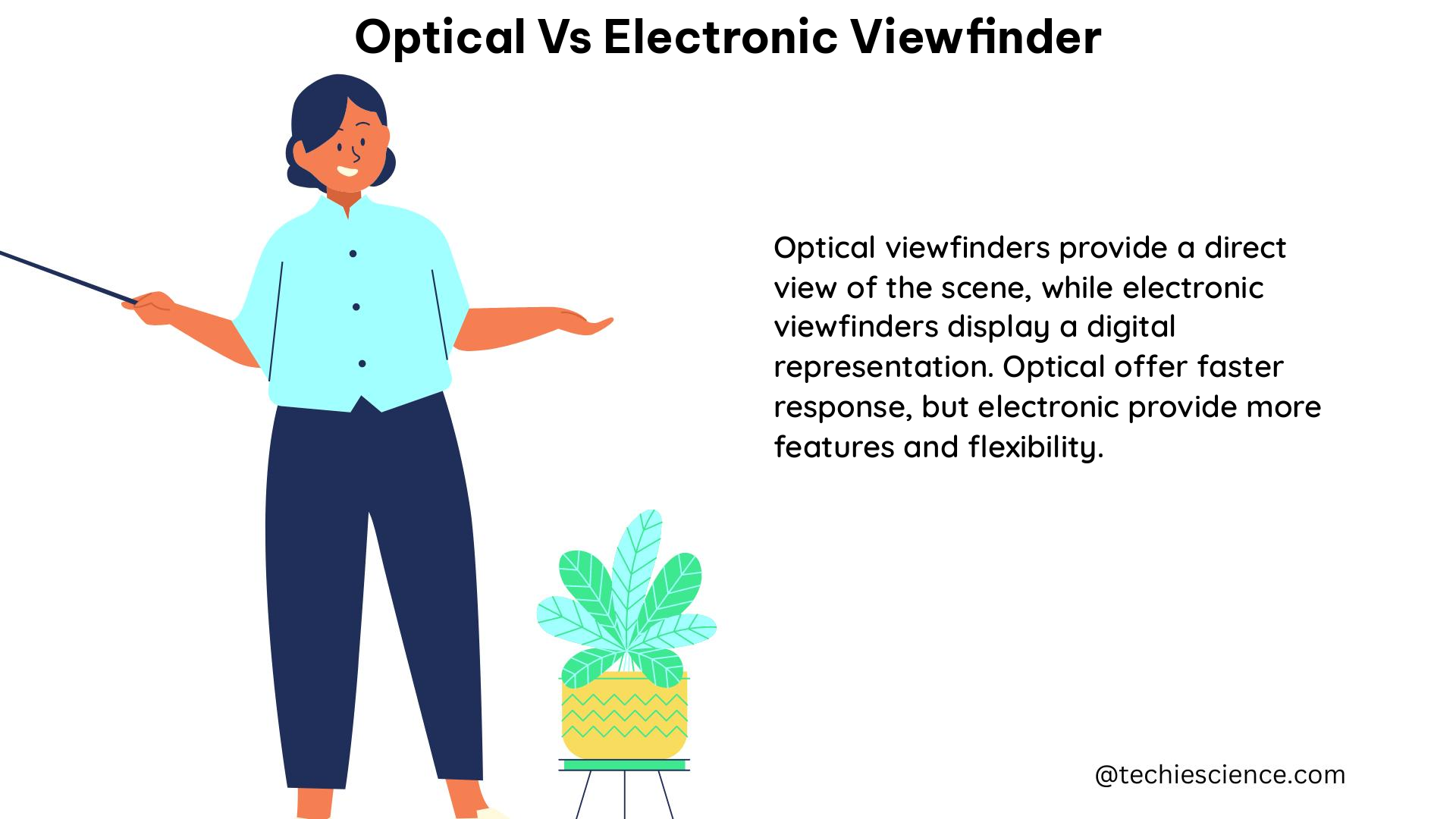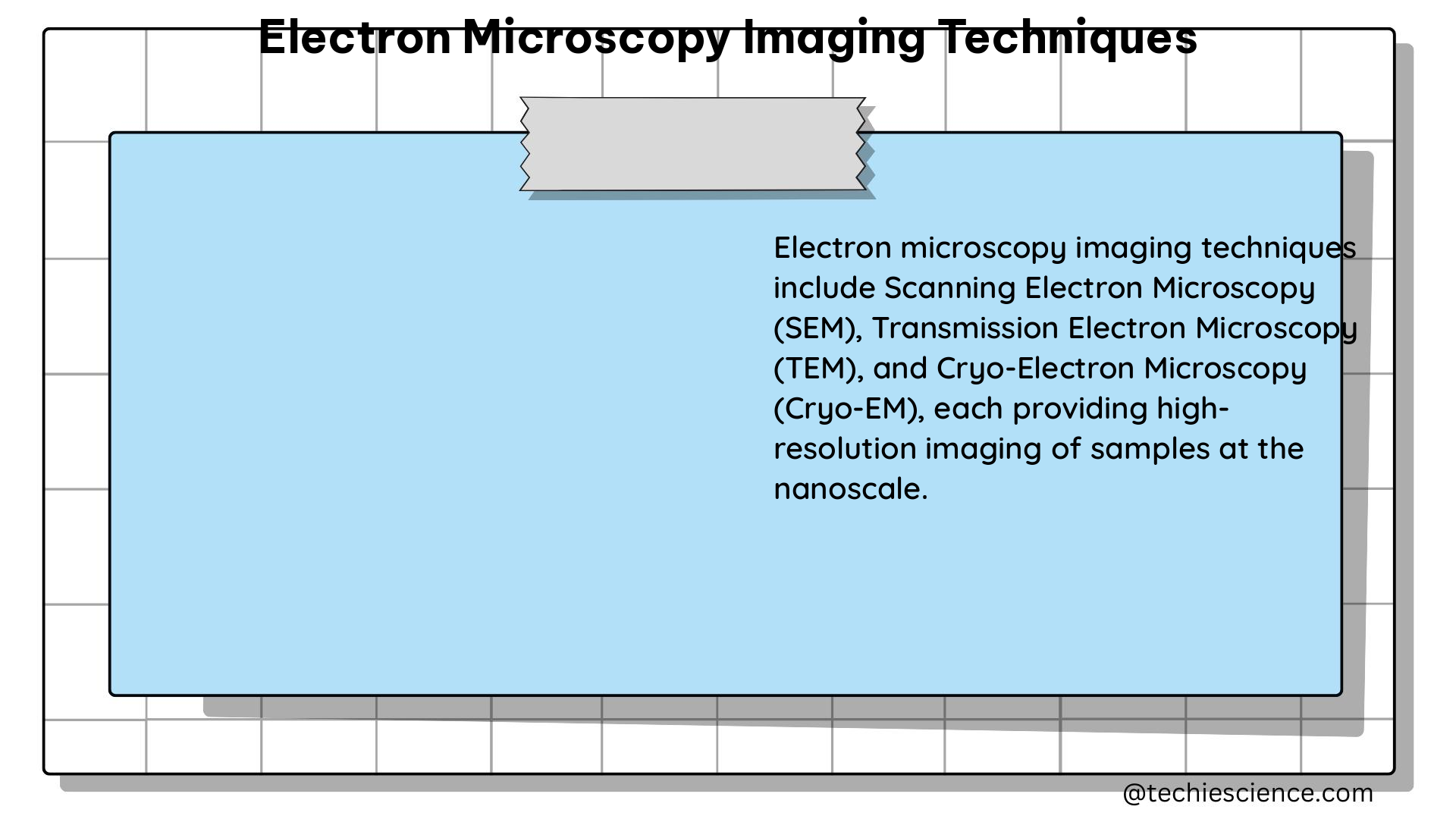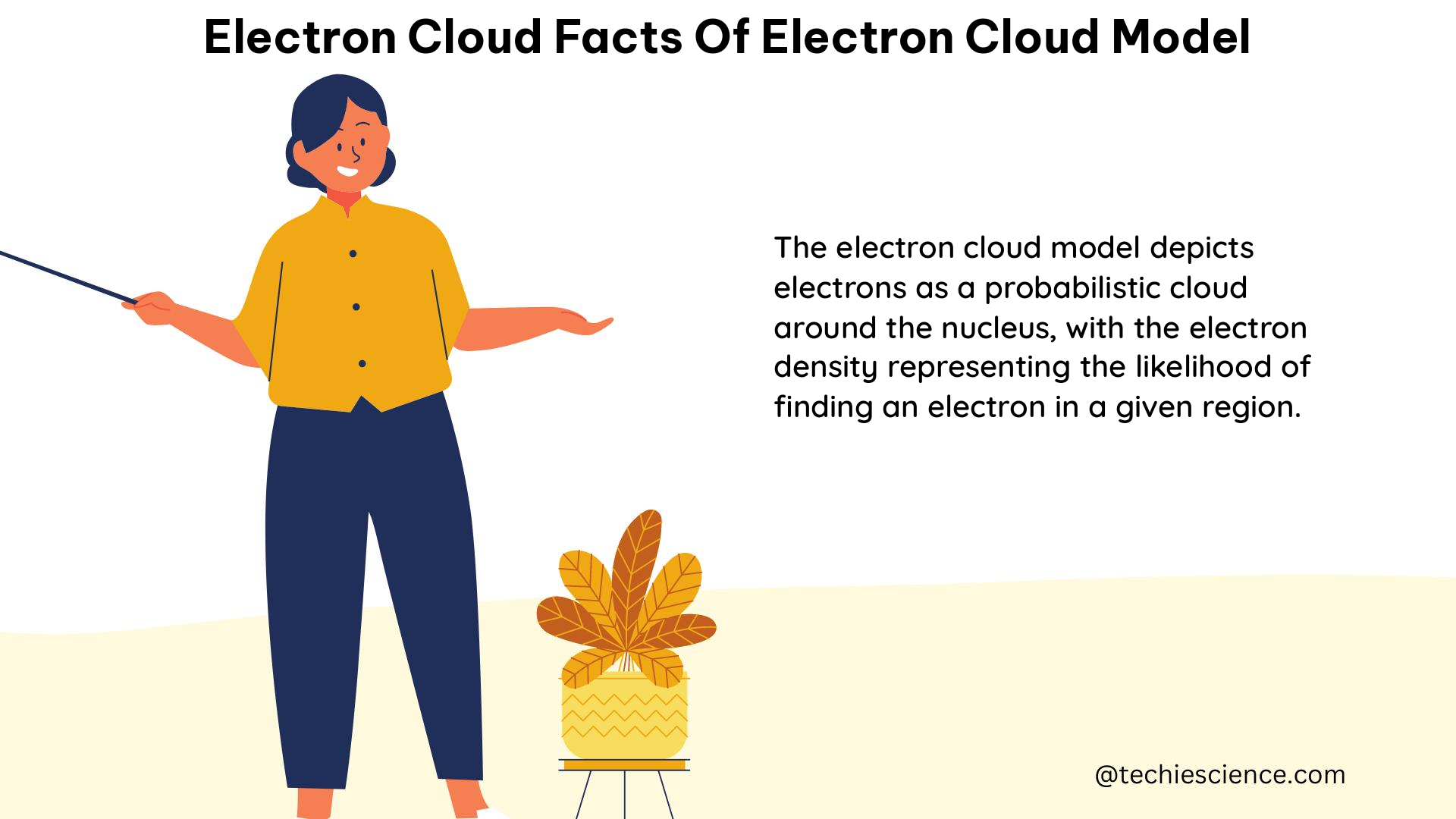Photons and electrons are two fundamental particles in physics, but they are distinct entities with unique properties. While both play crucial roles in various physical phenomena, understanding the differences between them is essential for physics students. This comprehensive guide will delve into the intricate details of photons and electrons, providing a thorough exploration of their characteristics and the quantifiable data that distinguishes them.
The Fundamental Differences between Photons and Electrons
Photons and electrons are subatomic particles that exhibit wave-particle duality, meaning they possess both particle-like and wave-like properties. However, their underlying characteristics set them apart in significant ways.
Mass and Charge
One of the primary differences between photons and electrons is their mass and charge. Photons are massless particles, meaning they have no rest mass. In contrast, electrons have a well-defined mass of approximately 9.11 × 10^-31 kg. Additionally, photons have no electric charge, while electrons carry a negative charge of approximately -1.602 × 10^-19 C.
Energy and Wavelength
The energy of a photon is directly proportional to its frequency, as described by the equation E = hf, where E is the energy, h is Planck’s constant, and f is the frequency of the photon. On the other hand, the energy of an electron is related to its mass and the speed of light, as given by the equation E = mc^2, where m is the mass of the electron and c is the speed of light.
The wavelength of a photon is inversely proportional to its frequency, as expressed by the equation λ = c/f, where λ is the wavelength, c is the speed of light, and f is the frequency. The wavelength of an electron, on the other hand, is given by the de Broglie equation λ = h/p, where h is Planck’s constant and p is the momentum of the electron.
Interactions with Matter
Photons and electrons interact with matter in different ways. Photons primarily interact with matter through the electromagnetic force, which governs their absorption, emission, and scattering. Electrons, in addition to the electromagnetic force, also interact with matter through the strong nuclear force, which plays a crucial role in the structure and stability of atoms.
Quantifiable Data and Measurements

To further illustrate the distinctions between photons and electrons, let’s explore some quantifiable data and measurements:
Mass
As mentioned earlier, photons have no rest mass, while electrons have a well-defined mass of approximately 9.11 × 10^-31 kg.
Charge
Photons have no electric charge, while electrons carry a negative charge of approximately -1.602 × 10^-19 C.
Energy
The energy of a photon is given by the equation E = hf, where h is Planck’s constant (6.626 × 10^-34 J⋅s) and f is the frequency of the photon. The energy of an electron is given by the equation E = mc^2, where m is the mass of the electron and c is the speed of light (3.00 × 10^8 m/s).
Speed
Both photons and electrons travel at the speed of light in a vacuum. However, in a medium, the speed of both particles is reduced due to interactions with the medium.
Wavelength
The wavelength of a photon is given by the equation λ = c/f, where c is the speed of light and f is the frequency of the photon. The wavelength of an electron is given by the de Broglie equation λ = h/p, where h is Planck’s constant and p is the momentum of the electron.
Interactions
Photons interact with matter primarily through the electromagnetic force, while electrons interact with matter through both the electromagnetic and strong nuclear forces.
Practical Applications and Examples
Photons and electrons play crucial roles in various fields of physics and technology. Understanding their distinct properties is essential for understanding and applying them in practical applications.
Photons in Optics and Quantum Mechanics
Photons are the fundamental particles of light and are essential in the study of optics and quantum mechanics. They are responsible for phenomena such as interference, diffraction, and the photoelectric effect, which have numerous applications in areas like telecommunications, imaging, and quantum computing.
Electrons in Atomic and Solid-State Physics
Electrons are the fundamental particles that make up the structure of atoms and are essential in the study of atomic and solid-state physics. They are responsible for the formation of chemical bonds, the conduction of electricity, and the behavior of materials in various states, which have applications in electronics, materials science, and energy technologies.
Conclusion
In conclusion, photons and electrons are distinct particles with unique properties that make them essential in various fields of physics and technology. By understanding the quantifiable data and measurements that distinguish them, physics students can develop a deeper appreciation for the fundamental nature of these particles and their role in the physical world.
References
- How can a photon collide with an electron? – Physics Stack Exchange. https://physics.stackexchange.com/questions/543056/how-can-a-photon-collide-with-an-electron
- Photons, Electrons, and Gray Levels. https://www.photometrics.com/learn/white-papers/photons-electron-and-gray-levels
- Finding electrons and photons with the CMS detector. https://cms.cern/news/finding-electrons-and-photons-cms-detector
- Feynman, R. P. (1964). The Feynman Lectures on Physics, Volume I. Addison-Wesley.
- Griffiths, D. J. (2005). Introduction to Quantum Mechanics (2nd ed.). Pearson.
- Serway, R. A., & Jewett, J. W. (2014). Physics for Scientists and Engineers with Modern Physics (9th ed.). Cengage Learning.


